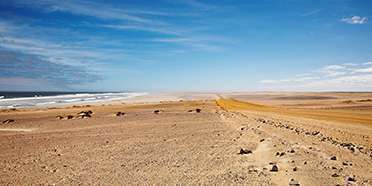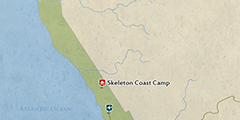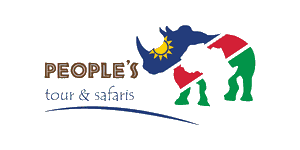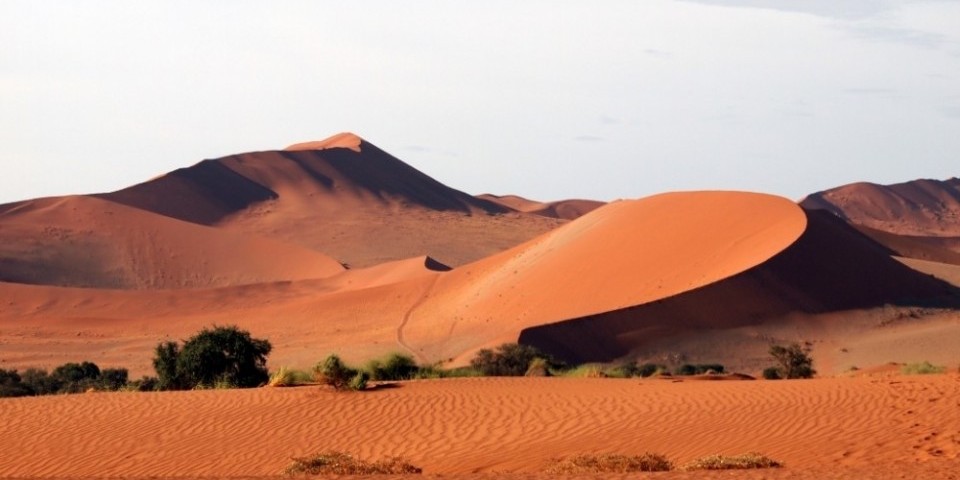
Safari Tours to Skeleton Coast NP
-
![14-Day Namibia Flying Safari]()
14-Day Namibia Flying Safari
$15,499 to $25,099 pp (USD)
Namibia: Private tourLuxuryLodge & Tented Camp
You Visit: Windhoek (Start), Zannier Reserve, Kulala WR, Skeleton Coast NP, Kaokoland, Etosha NP, Windhoek (End)

Wayfairer Travel
4.8/5 – 184 Reviews
-
![13-Day Namibia Exclusive Luxury Fly-in Safari]()
13-Day Namibia Exclusive Luxury Fly-in Safari
$17,534 pp (USD)
Namibia: Private tourLuxuryLodge & Tented Camp
You Visit: Windhoek (Start), Eastern Etosha NP, Kaokoland, Skeleton Coast NP, Namib-Naukluft NP (Namib Desert), Hosea Kutako Airport (End)

People Tours And Safari
4.8/5 – 96 Reviews
-

12-Day Classic Namibia Camping Tour
$2,748 pp (USD)
Scheduled Start DatesNamibia: Shared tour (max 10 people per vehicle)BudgetCamping & Hotel
You Visit: Windhoek (Start), Okonjati GR, Etosha NP, Damaraland, Skeleton Coast NP, Swakopmund (City), Sesriem (Town), Sossusvlei (Sand Dunes), Aus (Town), Kolmanskop (Highlight), Keetmanshoop (City), Windhoek (End)

Indigo Safaris
4.9/5 – 159 Reviews

 Namibia Parks
Namibia Parks












